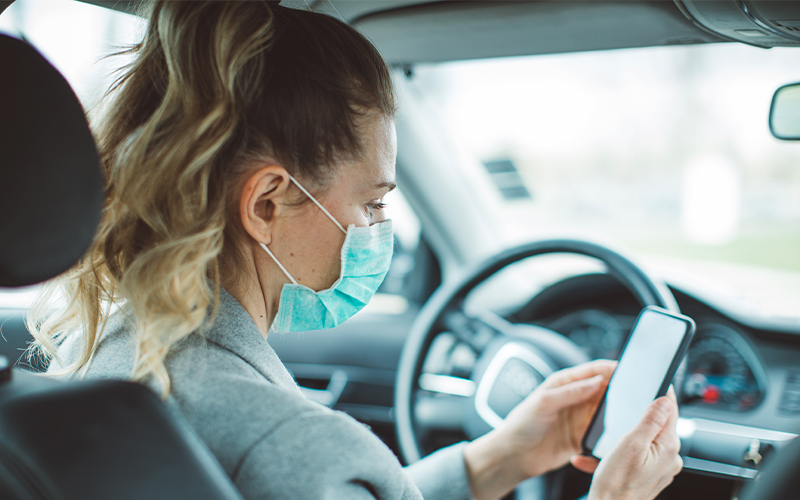As we adapt to the “new normal” during the COVID-19 pandemic, the way we go about our daily activities continues to evolve. Veterinary clinics are working hard to balance the demands of caring for pets and keeping their veterinary healthcare teams and pet owners protected and healthy. In many cases, this has translated into a shift away from normal in-person veterinary visits to a combination of curbside care, telemedicine, and modified in-person visits in some circumstances.
Just what is “curbside care”?
Curbside veterinary care was developed based on the recommendations of the Centers for Disease Control (CDC) to limit the spread of COVID-19. Curbside care allows for your veterinary team to provide the healthcare that our pets need, but also aims to reduce the number of people entering the veterinary clinic, thereby reducing the potential spread of the virus that causes COVID-19.
Many Veterinary Associations are recommending the use of curbside care for animal drop off and pick up, as well as for the purchase of supplies (prescription diets, flea, tick, and heartworm preventives, prescription renewals, etc.) to help limit the number of people in a veterinary clinic at any one time. While it may seem different and not what pet owners are used to, curbside care provides a number of benefits to both you, your veterinary healthcare team, and ultimately your pet.
Veterinary clinics are busy places, with staff and pet owners coming and going all day long. Think of the last time you visited your veterinary clinic (pre-COVID). How many other pet owners were there picking up food and supplies, picking up/dropping off their pet, or exiting an exam room with their furry friend? How many staff members did you see? Most veterinary clinics are small and don’t offer a lot of space to allow for the recommended 6 feet (or 2 meters) for physical distancing. A single COVID-19 positive person coming into a busy veterinary clinic could trigger a local outbreak in the community.
This scenario puts you and your loved ones at risk. And this scenario puts the veterinary clinic at risk of temporarily closing. This puts your pet at risk. With clinics temporarily closed, your veterinary healthcare team can’t care for your pet and you will have to find an alternate veterinary clinic. Curbside care decreases the likelihood of an outbreak and increases the likelihood that your veterinary healthcare team will be available to care for your pet—even if it looks a little different from a “normal visit”!
Curbside appointments may look a little different from clinic to clinic, but they all follow the same general steps.
- When you make an appointment, the receptionist will take a brief summary of your concerns. You may also be asked to fill out a history form in advance of your pet’s appointment. This can be given to a member of the healthcare team on your arrival or you may be asked to email it prior to the visit. If you weren’t give a form to fill out, feel free to make notes about your pet’s condition and any concerns you have – the more detail you give, the better.
- When you arrive at the veterinary clinic for your appointment, you will call the reception desk to let them know you’ve arrived. You may be asked to remain in your vehicle, or you may be asked to wait beside your vehicle with your pet.
- A member of the healthcare team will meet you at your vehicle to get your pet.
- Your veterinarian will perform a physical examination and administer vaccines or perform any diagnostic tests that were agreed on beforehand (heartworm testing, fecal tests). You will either wait at your car (bring a book, listen to a podcast, or make a good playlist to listen to), or you may be asked to return later in the day.
- Your veterinarian or veterinary technician will call you with an update on your pet’s health and recommendations for tests or treatments. Additional authorized diagnostic tests or treatments will be performed.
- Your pet will be returned to you and payment will be collected.
While curbside veterinary care looks a little different, it is in everyone’s best interest—for you, your pet, and your veterinary healthcare team. Remember, your pet is receiving the best care and your veterinary healthcare team is being just as thorough as during an in-person appointment!






